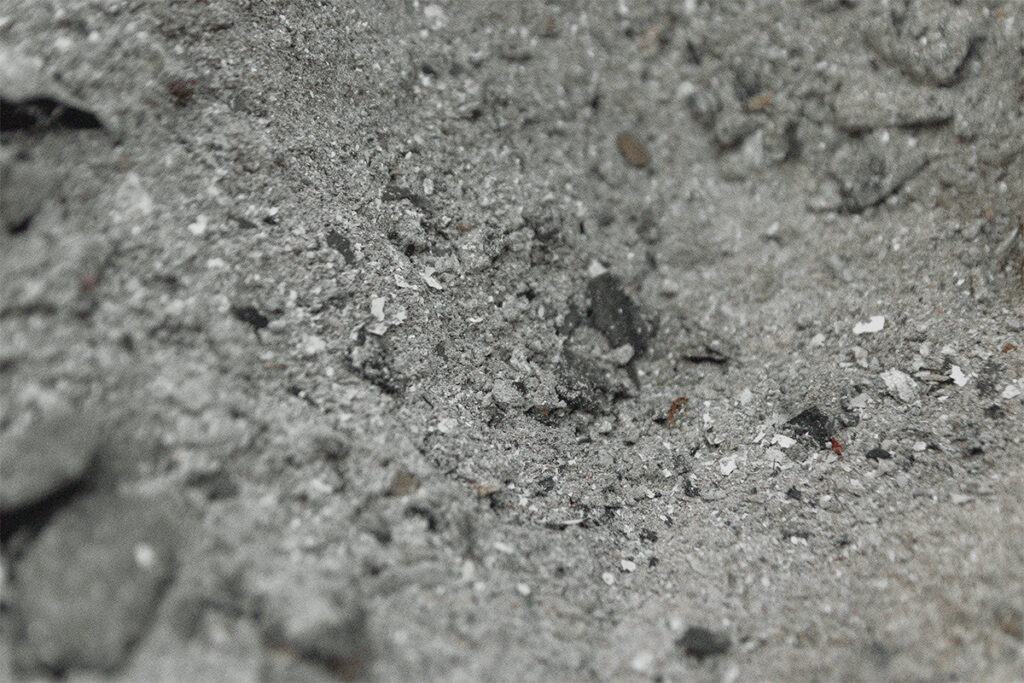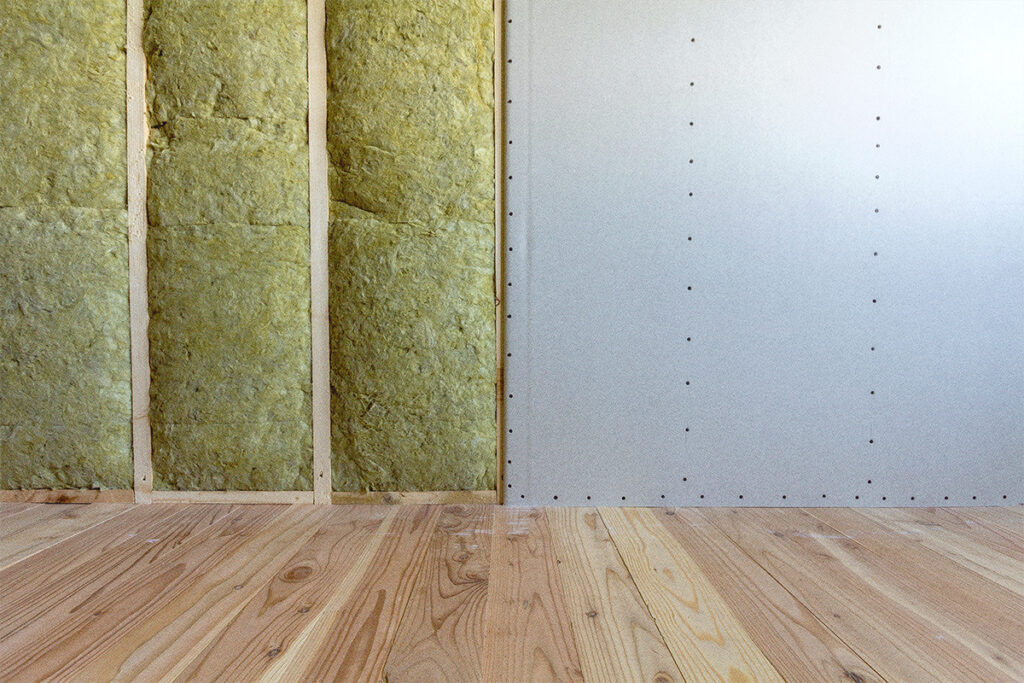Keep reading about similar topics.



Healthy Building Network (HBN) has expanded Pharos to include 14 subclasses of toxic flame retardants likely to be banned from use in children’s products by the US Consumer Product Safety Commission.
This follows a recent report from the National Academies of Science (NAS), “A Class Approach to Hazard Assessment of Organohalogen Flame Retardants,” which recommended evaluating similar flame retardants together as “the only possible practical approach.” HBN has championed this class-based approach because the alternative, regulating chemicals one at a time, often leads to regrettable substitutions, in which the simplest replacement for a hazardous chemical is a structural relative with similar desirable properties and similar toxicity.
In this report, NAS divided the broad class of organohalogen flame retardants into 14 subclasses based on a combination of chemical structure and predicted biological activity. The subclasses contain between 4 to 22 chemicals, though the NAS report emphasizes that this inventory is not necessarily comprehensive. HBN has incorporated these 14 subclasses (listed below) as compound groups, to make it easier for the community to review and discuss them. If you’re not a member of Pharos yet, you can register for free and see the hazards of the chemicals in two of the subclasses (alicycles or benzene aliphatics). Not surprisingly, within a subclass, many chemicals share the same hazards!

Compound groups are groups of chemicals that share structural or chemical features. In most cases, chemical regulations restrict the use of individual substances, though in some cases, they restrict a group or class of chemicals, such as organohalogen flame retardants or lead compounds. In cases like these, HBN creates a compound group for each class (and subclass) of chemicals. While a class-based regulatory approach can be more comprehensive, it can also be difficult to implement, since regulatory agencies rarely specify the chemicals within a group. To facilitate implementation of these restrictions, Pharos staff assigns specific chemicals to compound groups, making sure warnings from hazard lists are associated with them. This allows manufacturers to be confident that when they screen their product ingredients in Pharos, they will be alerted to any relevant regulations or hazards. This can also make it easier for companies using these chemicals to assign the appropriate hazards to improve communication about workplace safety.
These 14 new compound groups join over 600 other compound groups populated by Healthy Building Network’s research team and are available in our Pharos tool. Use these tools today to look up hazard data on over 140,000 chemicals for 22 hazard endpoints from >80 authoritative data sources. You can also search for chemicals by function, and use comparison tools to find safer alternatives.
As with all work in Pharos, compound groups are open and collaborative. We welcome suggestions for additions and invite all members of the community to initiate and engage in discussions about these and other chemical hazard issues.
14 Subclasses of Halogenated Flame Retardants